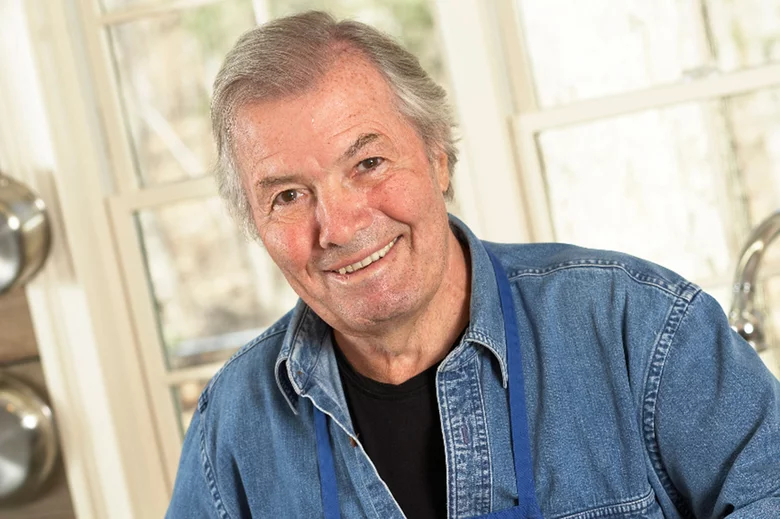 |
| Courtesy of StarChefs |
What’s the process for selecting Rising StarChefs?
Antoinette Bruno (AB): The selection process has more or less remained the same since 2002. The awards program has just grown in size and scope. StarChefs covers four cities or regions a year. From the nomination process through the Gala, it takes about six months per city. Today, we have a network of more than 1,200 Rising Stars alumni who contribute their nominations. We also accept recommendations through social media, our website, and during in-person interviews. We do in-house research as well, and candidates are vetted through a “pre-interview.” Generally, an editorial crew of two, sometimes more, visits the restaurants for an in-person interview, tasting, and photography, and then reports back to the editorial team at StarChefs HQ in Williamsburg, Brooklyn. Many times we will return to restaurants for more than one visit.
Often the StarChefs Rising Stars Award is the first major award or national recognition a young chef, sommelier, bartender, or artisan may receive. Because StarChefs is on the ground in restaurants interviewing and tasting with hundreds of chefs and other industry professionals across the country every year, we have insights into the hospitality industry on a micro level. No other publication in the country has been able to do this kind of grassroots work.
The current list of Rising Star Chefs in San Francisco is incredibly diverse, was that intentional?
AB: Talent is talent. Identifying the talented young leaders of the hospitality industry is our intention. We intend to find winners that represent the diversity of the industry and the city or region they represent. We have gotten better at this over the years by expanding the pool of communities we reach out to for nominations and from whom we gather information and recommendations. Unless the people involved in our process are diverse, generally the group of winners won’t be terribly diverse either.
How important is diversity in the restaurant industry?
AB: The diversity of the workforce in the restaurant industry is what drives it forward. It’s the industry’s greatest asset and strength. Some of the most exciting restaurants in America right now are run by immigrants or the children of immigrants—San Francisco Rising Star Chefs Robert Hernandez of Octavia, Nicolas Delaroque of Nico, Laura and Sayat Ozyilmaz of Noosh, Francis Ang of Pinoy Heritage, Reem Assil of Reem’s, Janice Dulce of FOB Kitchen, and Bartenders Emilio and Miguel Salehi of The Beehive are among them.
It’s been a few years since StarChefs had an awards gala in San Francisco, what brought you back this year?
AB: We’ve been taking a deep dive into the San Francisco Bay Area every three years since 2005. We return to a city in search of a new class of Rising Stars based on the city’s size and depth of the restaurant industry there. For example, we cover New York every other year, Chicago and Los Angeles every three years, and Washington, D.C. every four years.
How would you characterize the San Francisco dining (and bar) scene?
AB: The Bay Area has always been a region of peaks and valleys, and indeed we saw a metropolis bouncing with growth and change. Still, in a challenging city for cooks, we found no shortage of talent—in San Francisco and Oakland. StarChefs gave out 23 Rising Stars Awards this time around, to a total of 26 winners. Eleven of those award winners are women—the most of any class of Rising Stars in the 17-year history of the program. The San Francisco Bay Area’s diversity—including the second largest population of Filipino Americans in the country—is reflected.
2016 Rising Star Chef Yoni Levy is now the chef of Salesforce HQ. He left his post at beloved Outerlands so that he could spend more time with his growing family. Chefs are now taking care of themselves and their staff more than ever. We saw these trends of self-care and tech influence merge at Rising Star Chef Adam Tortosa’s restaurant Robin, where he has created an extraordinary benefits program (including a trip to Japan!). We found San Francisco and Oakland in love with natural wines, with Rising Star Somm Louisa Smith leading the charge. And, of course, so much outstanding bread—more than you can stuff in a suitcase.
In what ways is the dining scene in San Francisco different from other American cities?
AB: The Michelin stars for California were released today, and Northern California has the highest concentration of stars in the country. No surprise there. So, the bar is high in San Francisco. StarChefs is an industry-facing publication, rather than consumer. I encourage all young cooks to come to San Francisco to stage around if they can swing it. Because the city is such a tough one for young cooks to survive financially, the labor shortage is acute. Kitchens need the extra hands and it can be relatively easy to get in the door and gain valuable experience at some of the best restaurants in the country.
Looking forward, any predictions for how dining will continue to evolve?
AB: I hope that we will continue to see more of what we found in this class of Rising Stars: more women, people of color, and the LGBTQ community represented in leadership roles. I also hope we continue to see the expansion of proper benefits programs for restaurant workers, like we have seen in the Bay Area, as well as a continued focus on the work/life balance and the mental and physical health of chefs and hospitality professional on the whole.
Thanks StarChefs!






